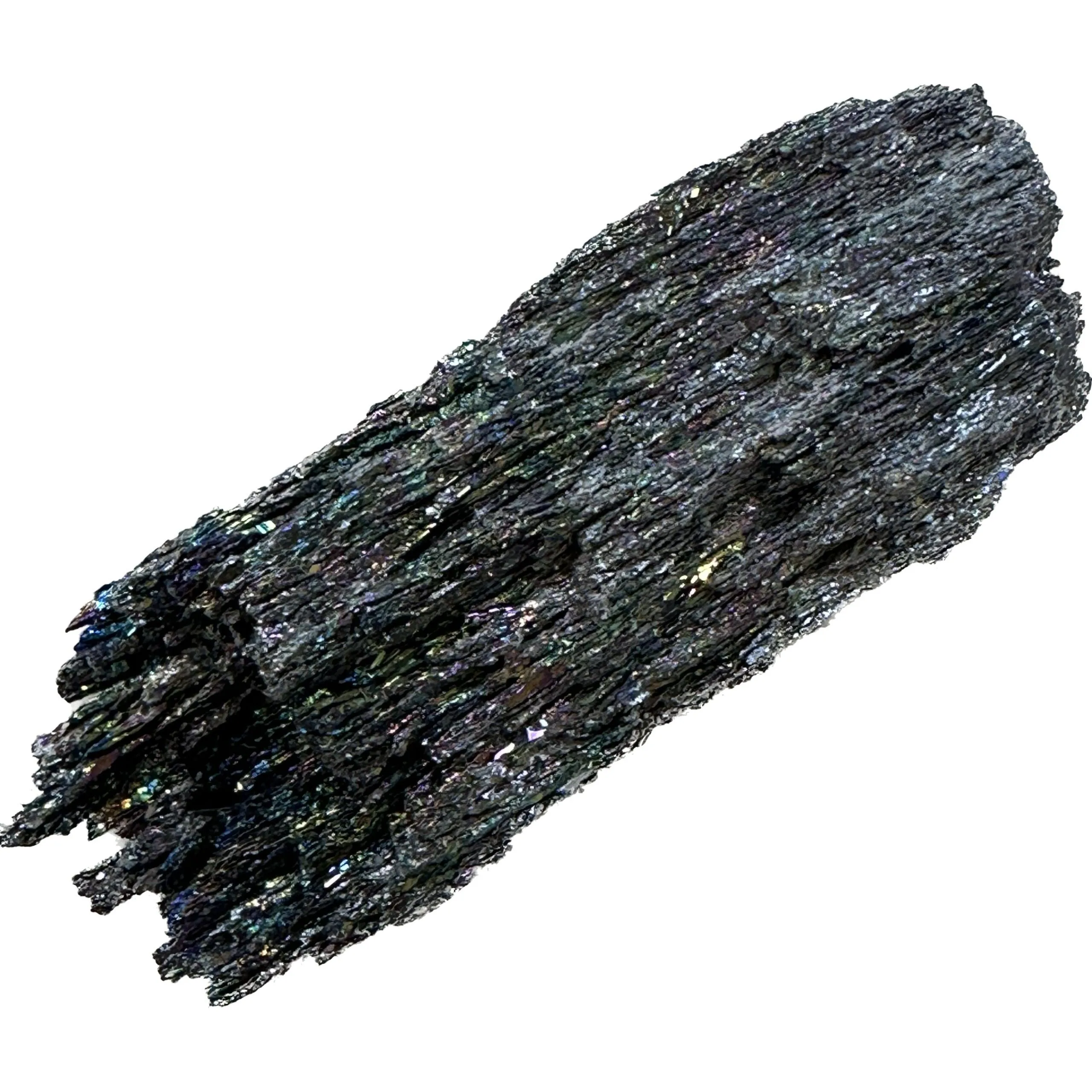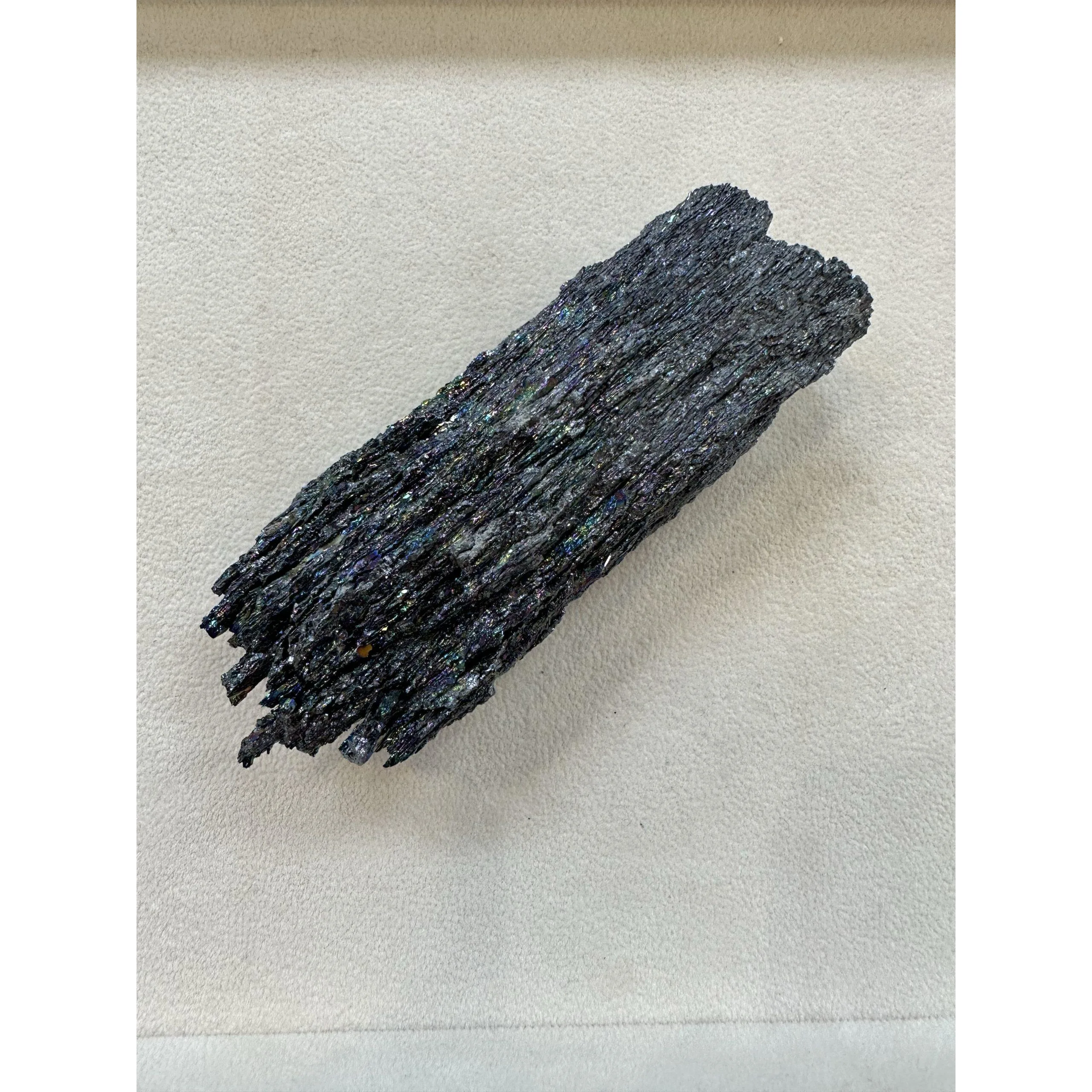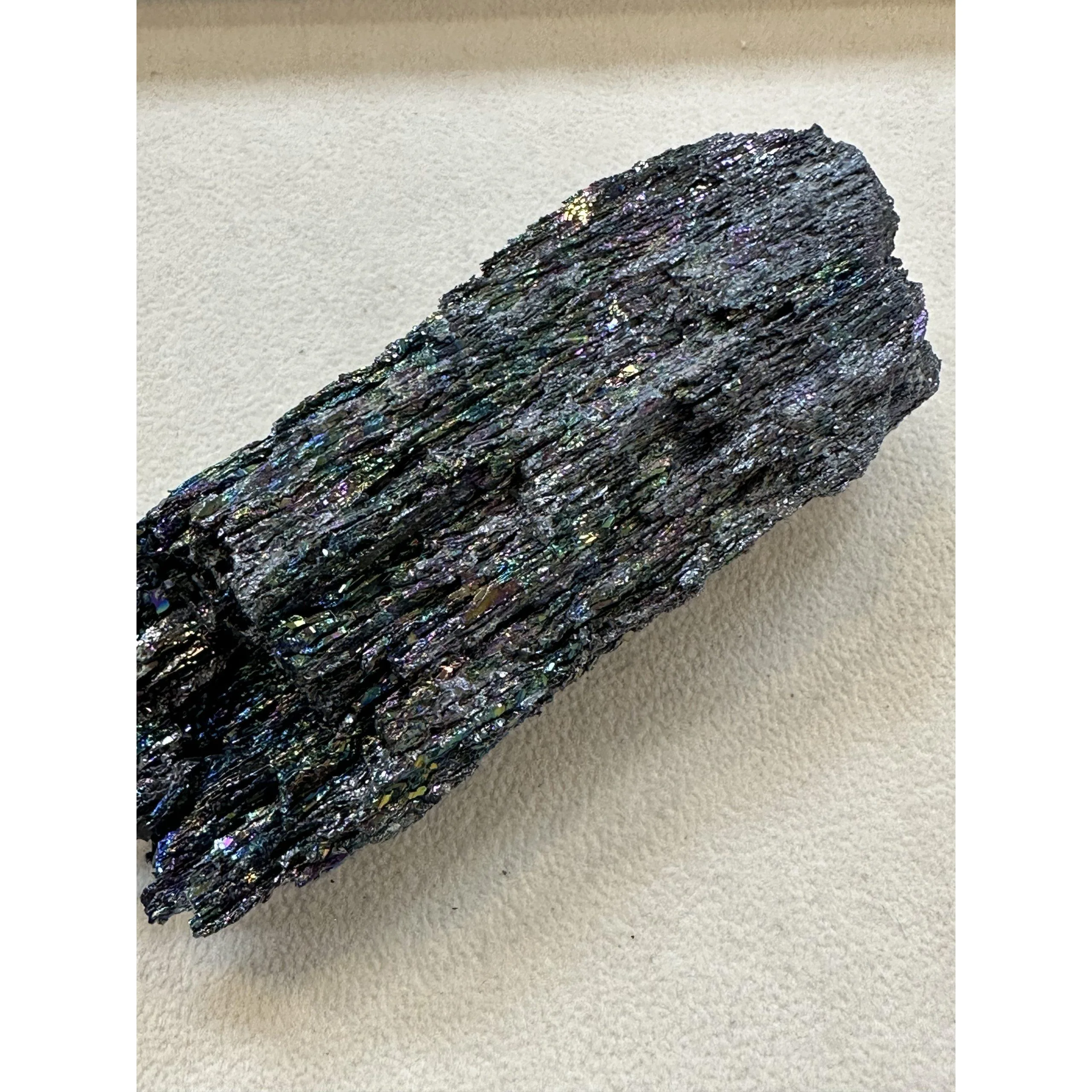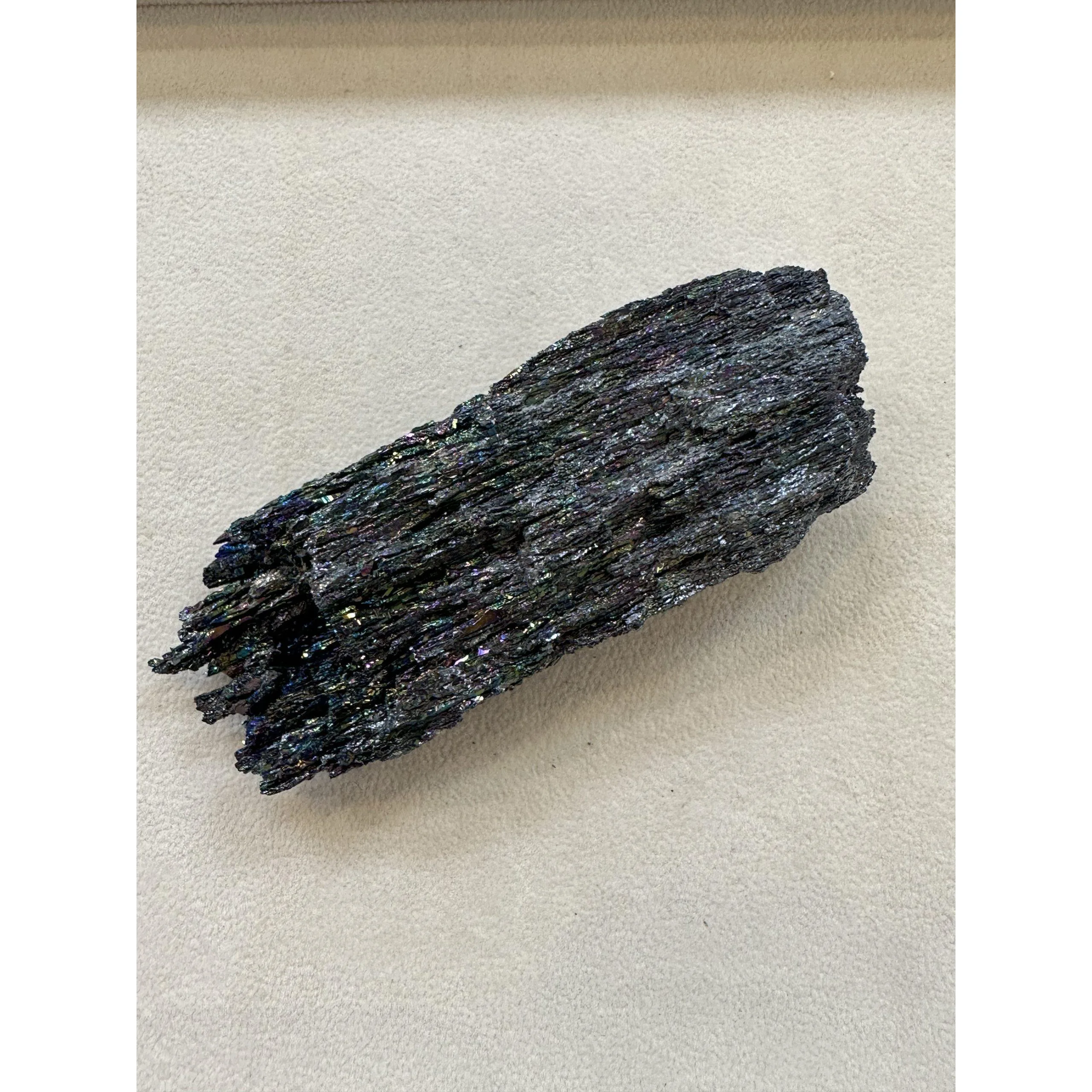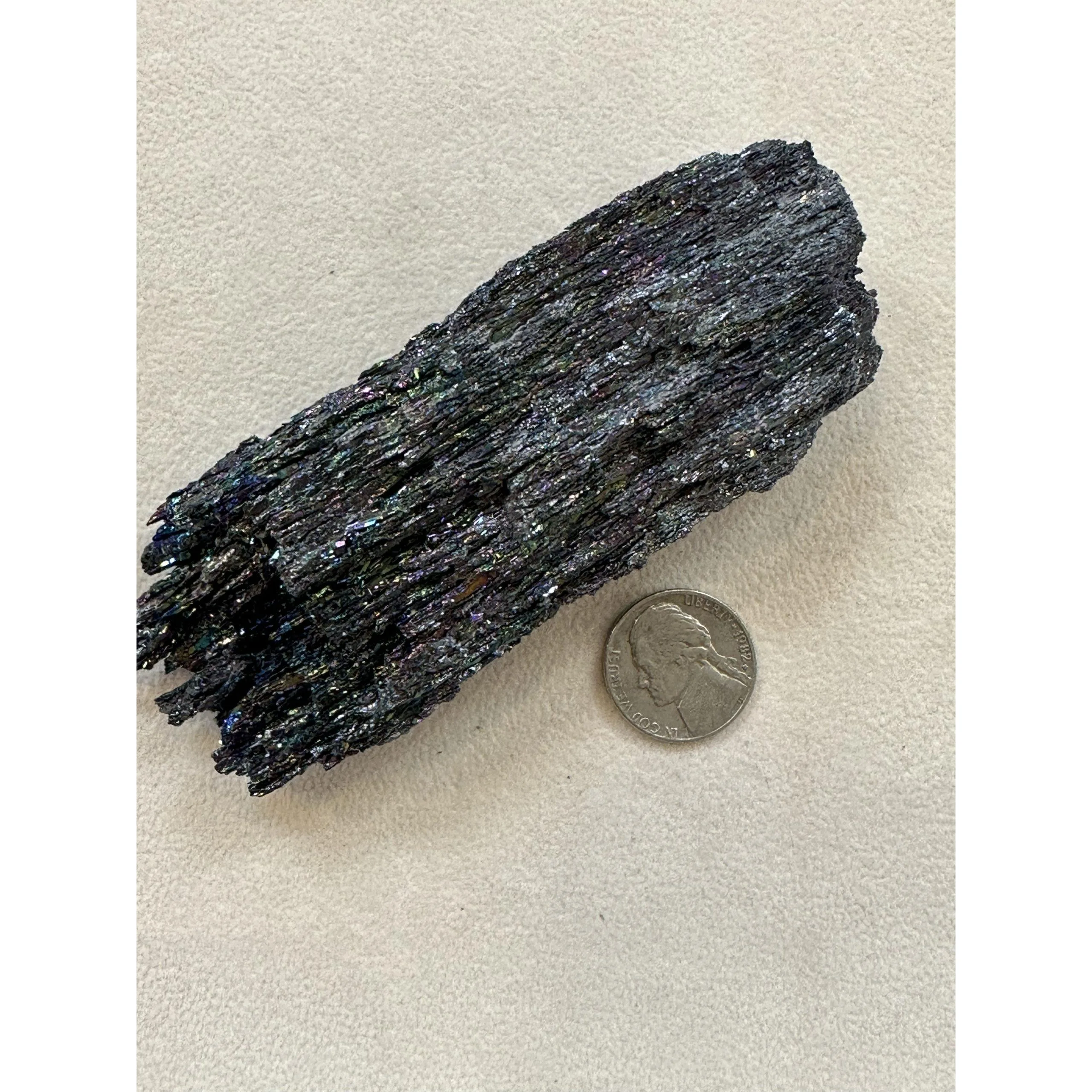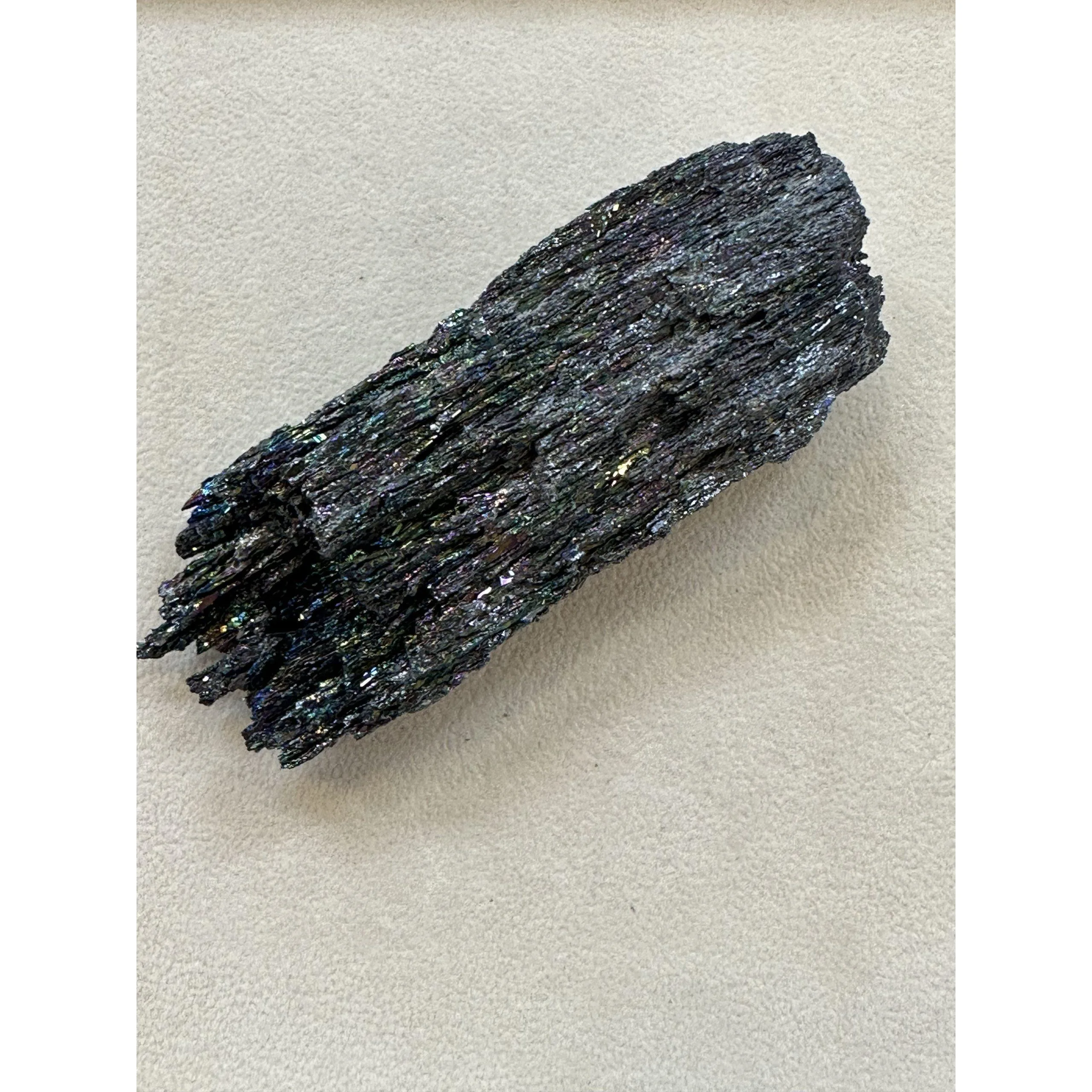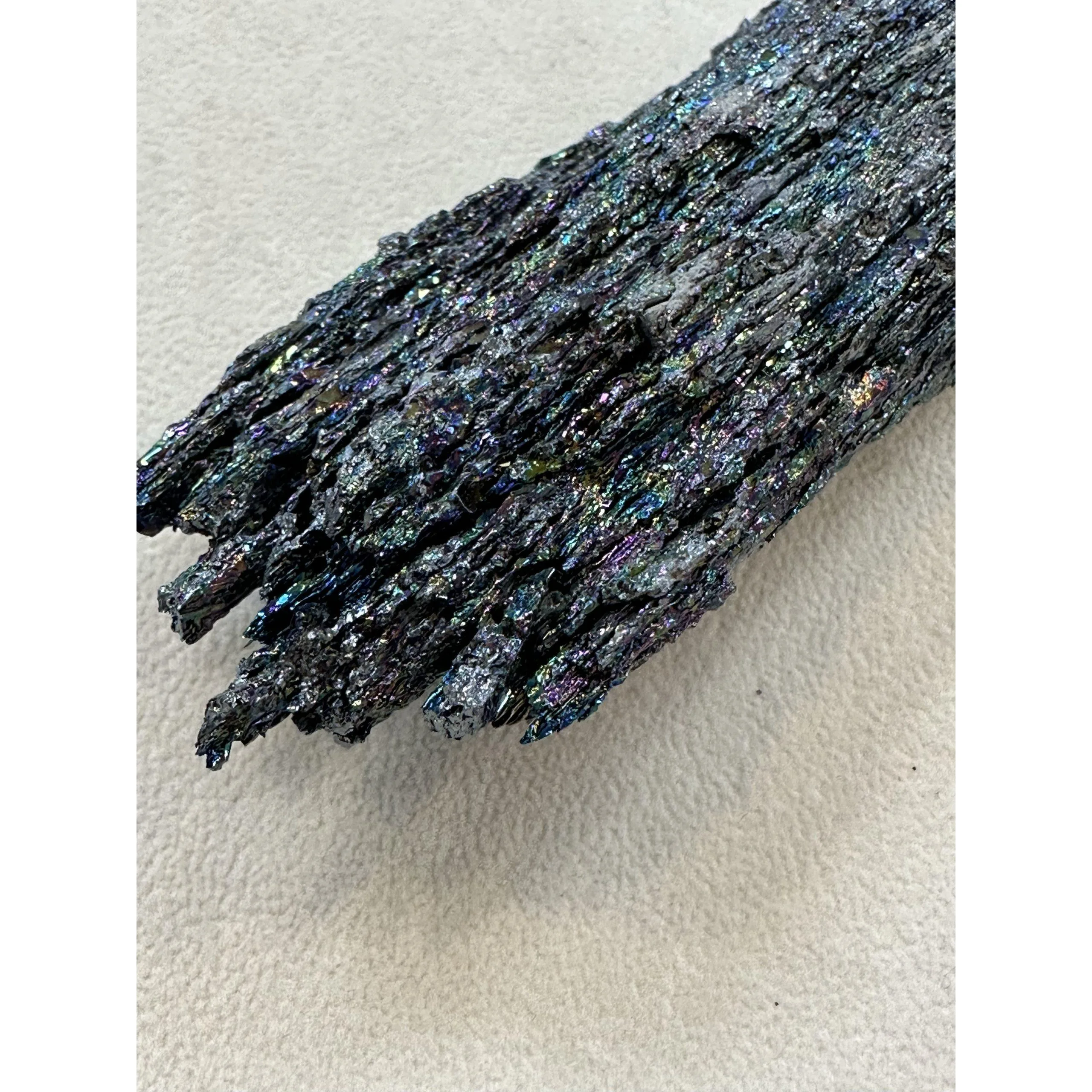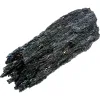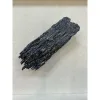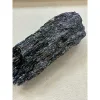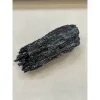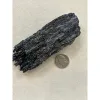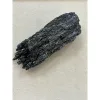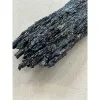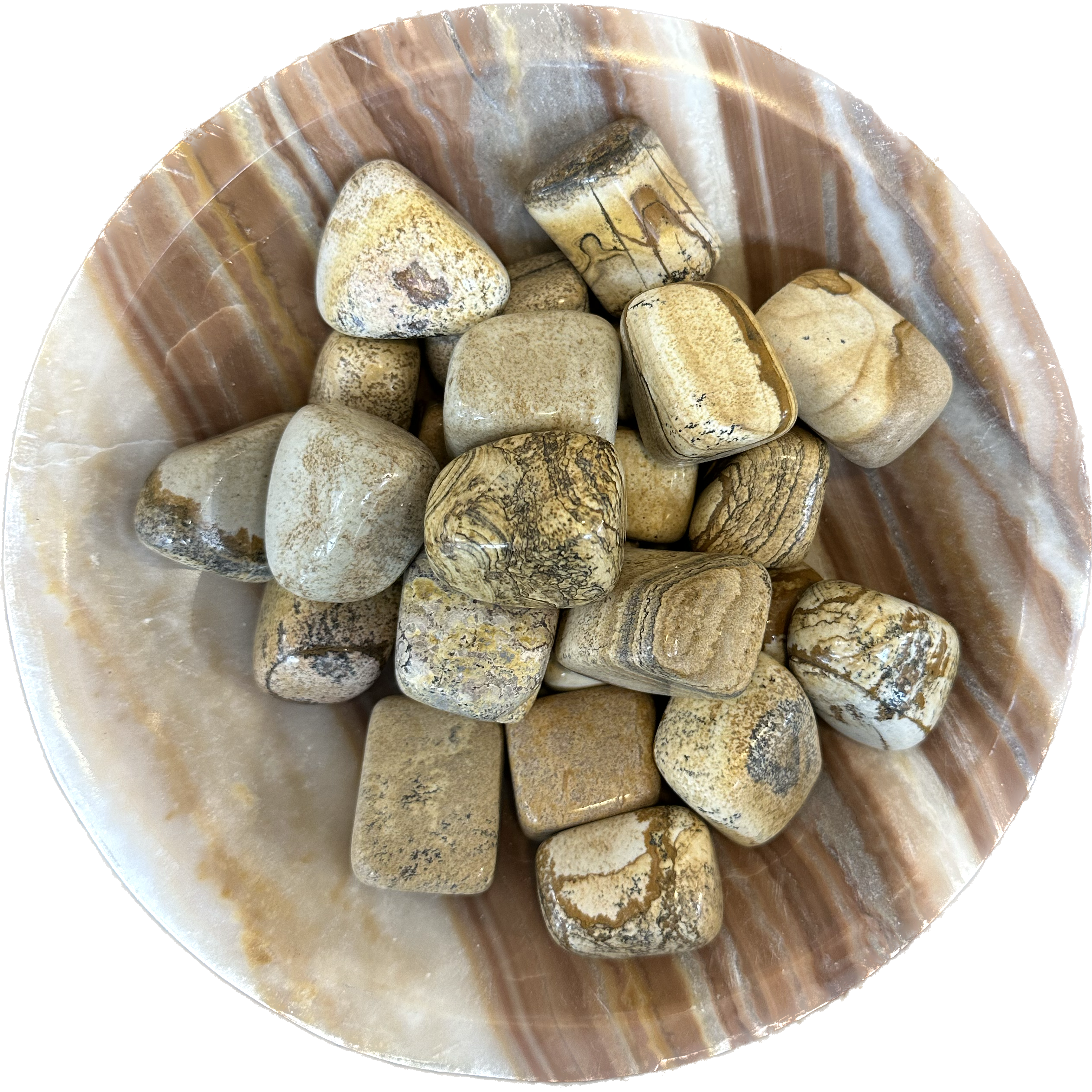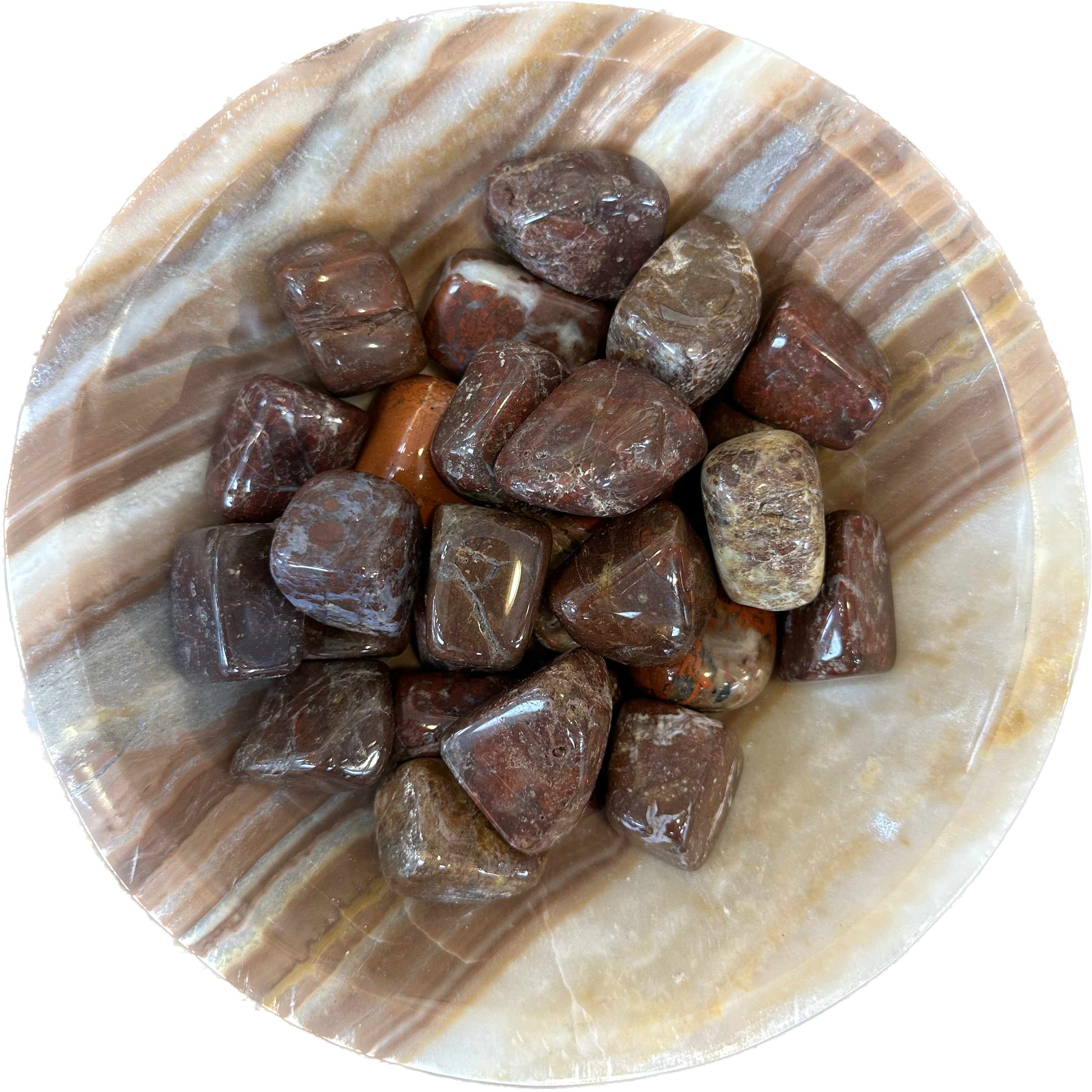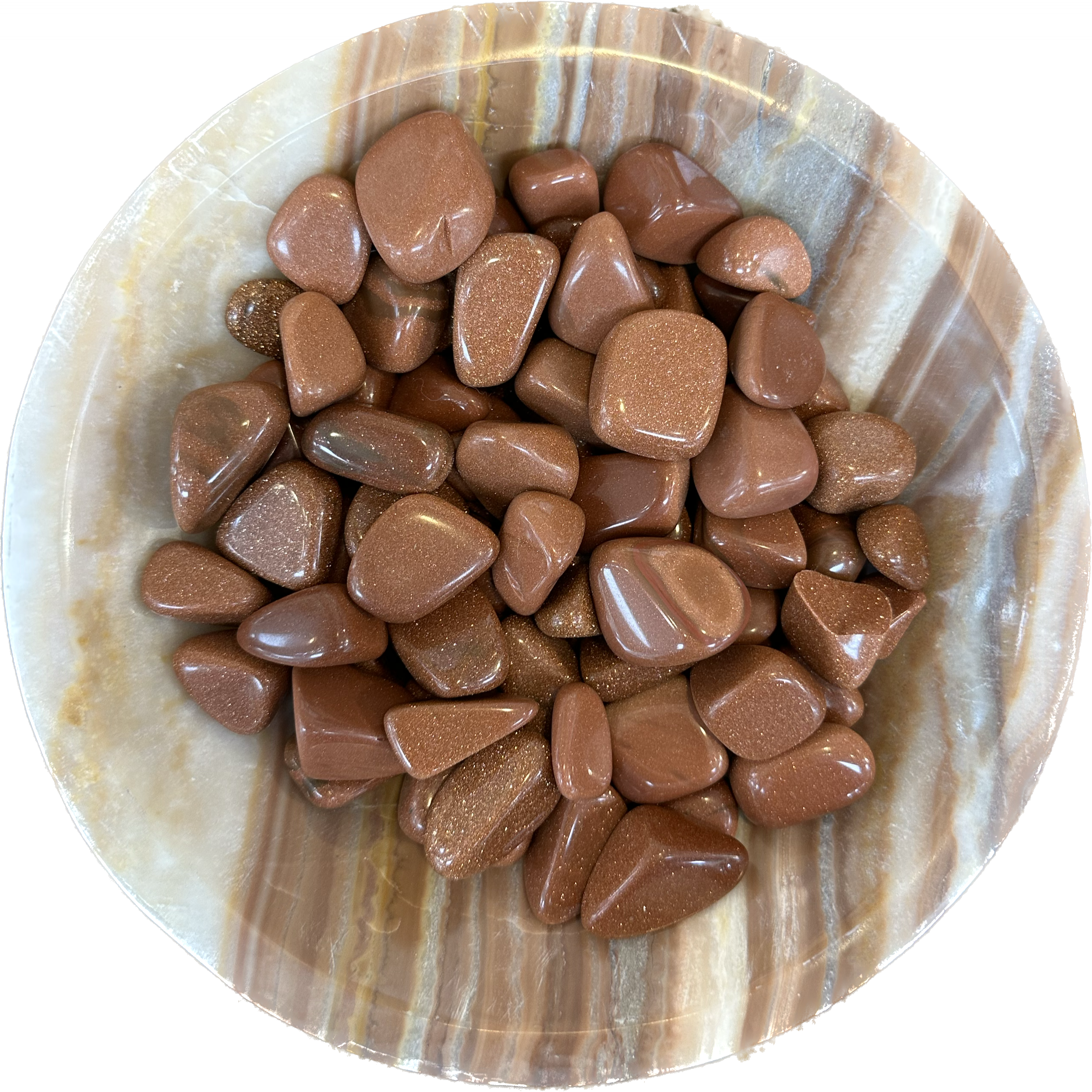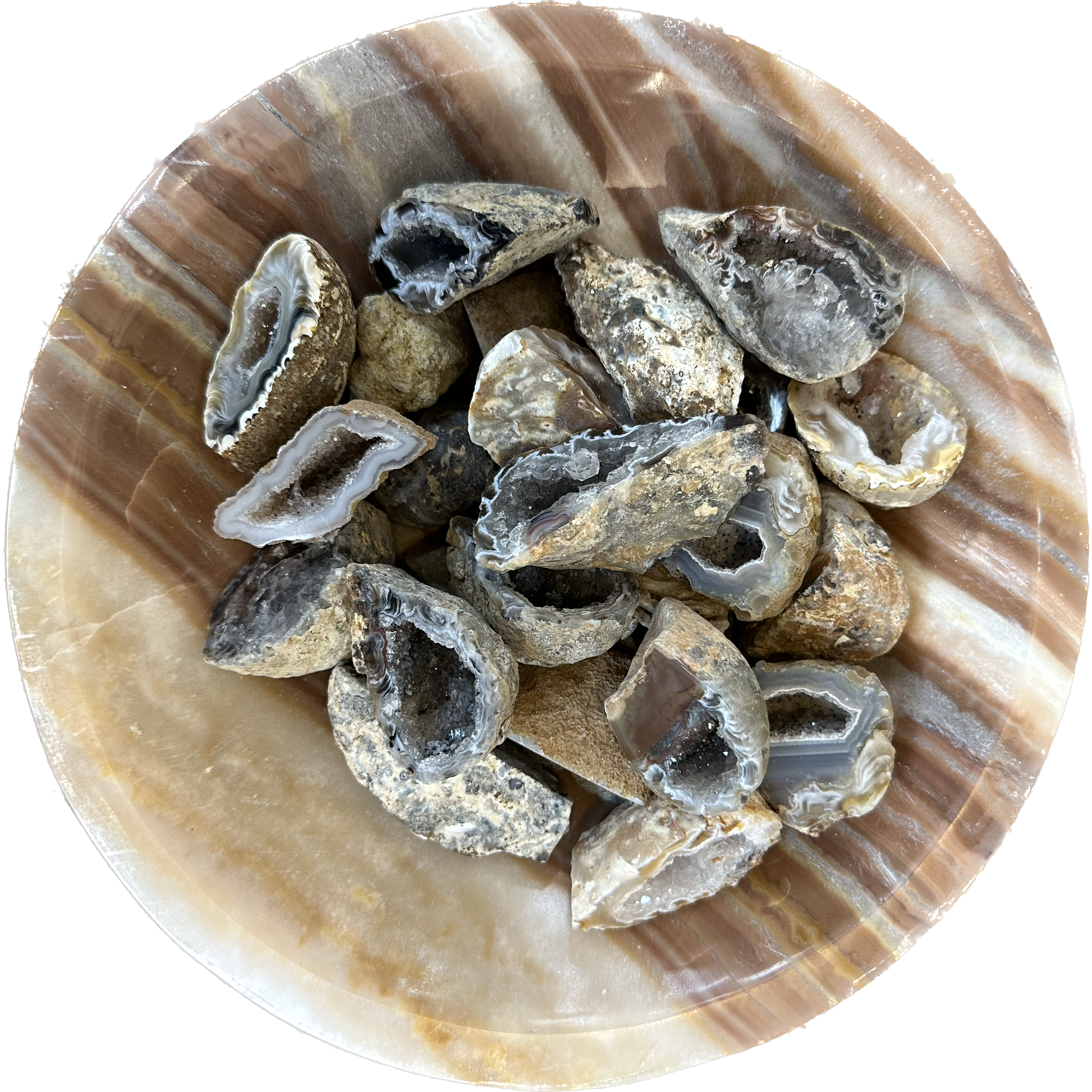Silicon carbide, often abbreviated as SiC, is a remarkable compound that has found diverse applications across various fields, from industry to electronics to abrasives. Its unique combination of properties, including high hardness, thermal conductivity, and chemical resistance, makes it a valuable material for a wide range of applications. In this exploration, we will delve into the fascinating world of silicon carbide, tracing its discovery, properties, synthesis methods, applications, and future prospects.
Discovery and Properties
Silicon carbide has a rich history that dates back to its discovery in the 19th century. A Swedish scientist named Jöns Jacob Berzelius first synthesized silicon carbide in 1824 by heating a mixture of carbon and silica in an electric furnace. However, it wasn’t until the late 19th and early 20th centuries that silicon carbide began to attract significant attention due to its exceptional properties.
Silicon carbide is a compound composed of silicon and carbon atoms arranged in a crystal lattice structure known as a polytype. The most common polytypes of silicon carbide are hexagonal (4H-SiC and 6H-SiC) and cubic (3C-SiC), each with distinct structural and electronic properties. These polytypes exhibit different stacking sequences of silicon and carbon atoms, resulting in variations in physical and electrical characteristics.
One of the most striking features of silicon carbide is its exceptional hardness, ranking just below diamond on the Mohs scale. This makes it an ideal material for applications requiring high wear resistance and durability. Additionally, silicon carbide boasts excellent thermal conductivity, surpassing that of most metals, which makes it valuable for thermal management applications, such as heat sinks and substrates for high-power electronic devices.
Silicon carbide is also chemically inert and exhibits high corrosion resistance, even at elevated temperatures and in harsh environments. This makes it suitable for use in aggressive chemical processes, such as those found in the chemical industry and nuclear reactors. Furthermore, silicon carbide has a wide bandgap, making it an attractive material for high-power and high-temperature electronic devices, such as power switches and diodes.
Synthesis Methods
Silicon carbide can be synthesized through various methods, each with its own advantages and limitations. One of the most common methods is the Acheson process, developed by Edward Goodrich Acheson in the late 19th century. In this method, a mixture of silica sand and carbon powder is heated in an electric resistance furnace at temperatures exceeding 2000°C. The reaction between silica and carbon produces silicon carbide, which condenses as crystals on a graphite substrate.
Another method for producing silicon carbide is the chemical vapor deposition (CVD) process, which involves the decomposition of gaseous silicon and carbon precursors at high temperatures in the presence of a substrate. This method allows for precise control over the composition, thickness, and morphology of the silicon carbide film, making it suitable for thin-film deposition and semiconductor device fabrication.
Applications
Silicon carbide finds numerous applications across a wide range of industries, thanks to its exceptional properties and versatility.
Abrasive Materials: Silicon carbide is widely used as an abrasive material in grinding wheels, sandpaper, and abrasive powders due to its high hardness and wear resistance. It is particularly effective for grinding hard materials such as ceramics, glass, and metals.
Refractory Materials: Silicon carbide’s high melting point and thermal stability make it an excellent refractory material for lining furnaces, kilns, and other high-temperature industrial equipment. It can withstand temperatures exceeding 2000°C without significant degradation.
Ceramic Components: Silicon carbide is used to produce ceramic components, such as ceramic bearings, seals, and cutting tools, due to its exceptional mechanical properties, corrosion resistance, and thermal conductivity.
Electronics and Semiconductor Devices: Silicon carbide is gaining traction in the electronics industry for its potential to enable high-power and high-temperature electronic devices. It is used in power electronics, such as Schottky diodes, MOSFETs, and thyristors, as well as in radio frequency (RF) and microwave applications.
Thermal Management: Silicon carbide’s high thermal conductivity makes it an ideal material for heat sinks, substrates, and thermal management solutions in electronic devices, LED lighting, and automotive electronics, where efficient heat dissipation is crucial for performance and reliability.
Nuclear Energy: Silicon carbide is used in nuclear reactors and nuclear fuel processing facilities for its excellent corrosion resistance and radiation tolerance. It is employed in reactor components, such as control rods, fuel cladding, and structural materials, to withstand the harsh conditions of nuclear environments.
Lighting and Optoelectronics: Silicon carbide is utilized in the production of LED lighting and optoelectronic devices due to its wide bandgap, which allows for efficient light emission and high-energy radiation detection.
Future Prospects
The future of silicon carbide looks promising, with ongoing research and development efforts focused on expanding its applications and improving its properties. One area of interest is the development of silicon carbide-based devices for power electronics, which could revolutionize energy conversion and management systems by enabling higher efficiency, smaller form factors, and reduced energy losses.
Additionally, advancements in silicon carbide synthesis techniques, such as epitaxial growth and doping control, are driving innovations in semiconductor device fabrication, paving the way for next-generation electronic devices with enhanced performance and reliability.
Furthermore, silicon carbide is gaining attention as a potential material for quantum information processing and quantum communication due to its unique electronic and optical properties, which could enable the development of robust and scalable quantum computing platforms.

